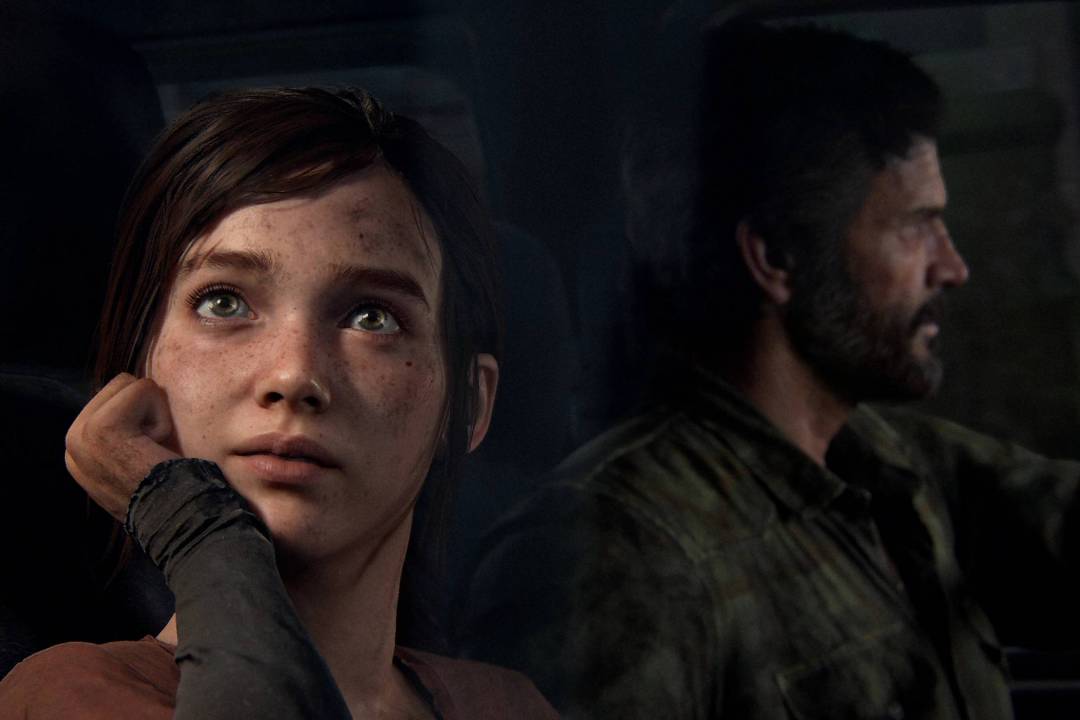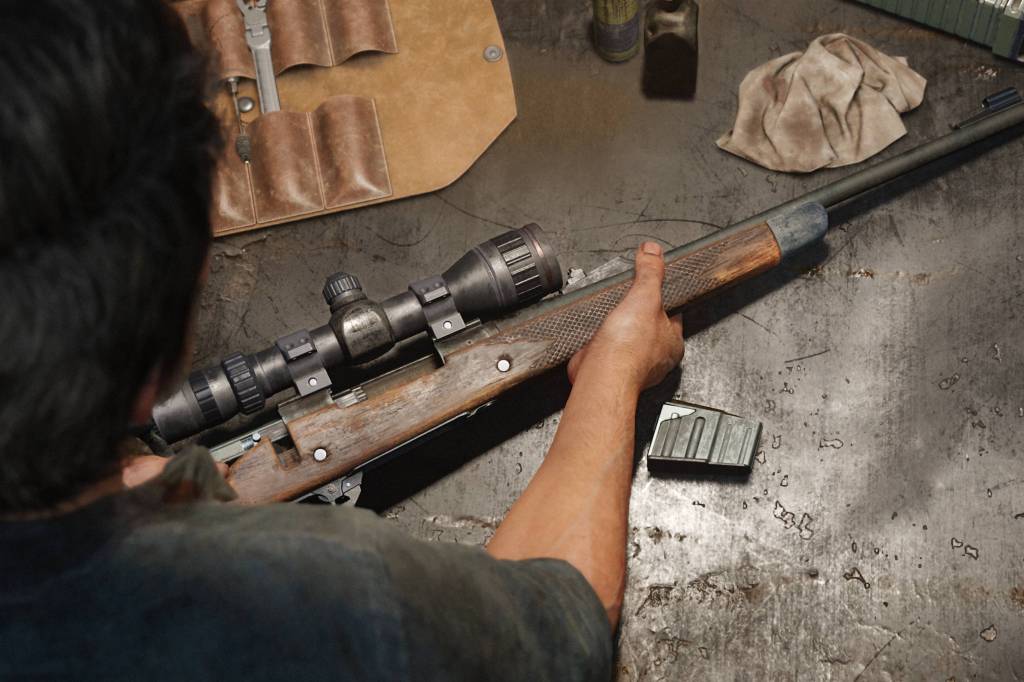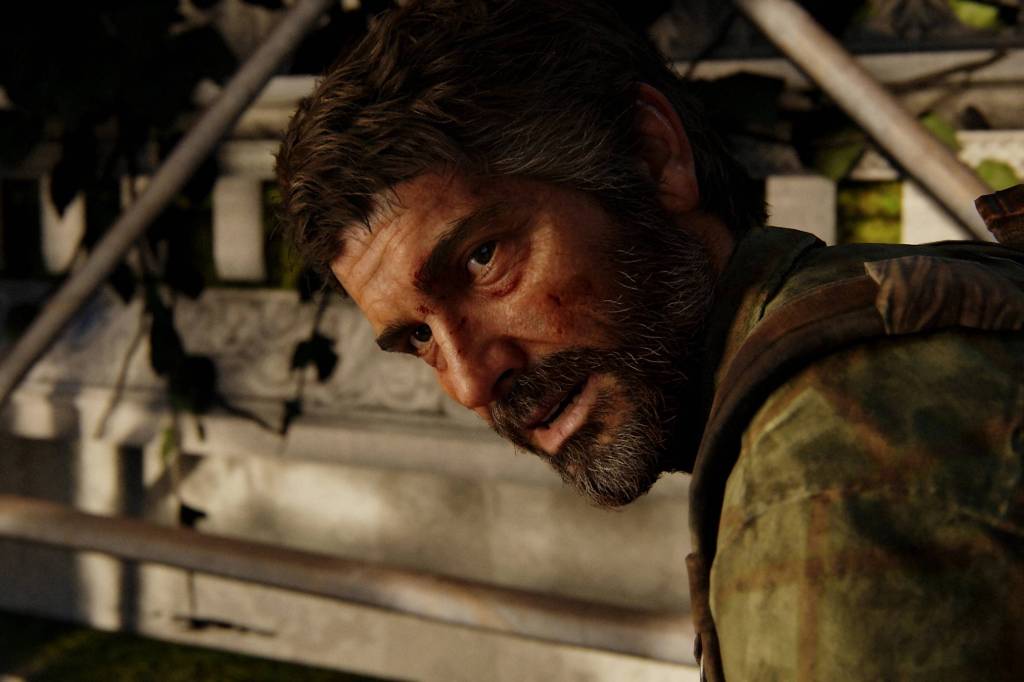The Last of Us Part I review
Third time still unlucky

In the world of TV and film, cynics might argue that an abundance of remakes points to a lack of original ideas, and they may well be right.
Video game remakes, on the other hand, tend to find it easier to justify their existence. While the classics will always retain their charm, gaming is a tech-driven medium that is constantly evolving, while established ideas about what feels good to play change with each passing console generation. A good remake with modern graphics and more player-friendly design tweaks can introduce a whole new audience to a game without alienating those who loved it the first time round.
Tony Hawk’s Pro Skater 1+2, The Legend of Zelda: Link’s Awakening and Shadow of the Colossus are all fairly recent examples of remakes of older games that were made to feel new again with reimagined visuals. And then there are the more ambitious examples, such as Resident Evil 2 and Final Fantasy VII Remake, which also featured significant mechanical (and in the case of the latter, narrative) overhauls that completely changed the experience.
Which brings us nicely onto the game we’re here to talk about today. Unlike the games mentioned above – all of them at least 15 years old and several a lot older – Naughty Dog’s survival horror action masterpiece, The Last of Us, doesn’t celebrate its 10th birthday until next year, and since its initial release in 2013 has already been re-mastered. Whether you pick up the PS3 or PS4 version, both games still play like a dream today, and The Last of Us’s marriage of compelling storytelling, incredible worldbuilding and at times teeth-chatteringly tense gameplay means it remains the gold standard in its genre.
So why remake it? Well, there is that TV show on the way, but we reckon it’s mainly because of the arguably even more impressive sequel. The Last of Us Part II’s relentlessly gut-punching narrative choices divided the fanbase and then some, but with its developer able to take everything it learned making the first game and build on it – while harnessing every drop of the PS4’s then enormous power – it blew its predecessor out of the water in most departments. With the two games so closely linked, Naughty Dog has decided to remake The Last of Us (and the excellent Left Behind prequel DLC), so it looks (and to some extent plays) more like Part II, with much improved 4K HDR visuals that make the story feel even more cinematic.
The big question is, does that make it worth a wallet-whacking £70 for those who have already experienced Joel and Ellie’s arduous cross-country adventure?
First things Last

We’re not going to re-review a nine-year-old game that by now most people with any interest will have already played, and in many cases more than once. But as a quick reminder, The Last of Us is a more than horror-tinged third-person action-adventure game in which you predominantly play as Joel, a gruff, grizzled smuggler who is tasked with escorting a wide-eyed teenager named Ellie across a post-apocalyptic United States.
A parasitic fungal infection has turned everyone affected into increasingly terrifying zombie-like creatures that seek only to spread it further, while a lawless fight for survival has inevitably brought out the worst in the rest of the still human population. The game is grim and unflinchingly violent, but always seems to know when to counterbalance the stealthy takedowns and bloody gunplay with a moment of quiet reflection and believable dialogue.
The emotional heart of The Last of Us is the relationship between Joel and Ellie that forms as the game progresses. For reasons revealed right at the beginning of the game, Joel is very reluctant to let himself care for a child, but his paternal instincts eventually break through that hard shell. The game’s biggest moments stick with players long after the credits roll, and would go on to drive the entire plot of the sequel.
But you already knew all of that, right? You want to know how this earlier-than-expected remake elevates the original game to new heights. Well, read on.
Old dog, new Clicks

The Last of Us Part I is a ground-up remake of The Last of Us, with all new visuals, improved performance and utilisation of the PS5’s unique hardware features. It’s broadly the same game as the 2013 original and unfolds exactly as you remember it, but environments are much more detailed, facial animations more lifelike, and the PS5 means enhanced visual fidelity doesn’t have to sacrifice performance. We played nearly all of the game in the 60fps performance mode and saw very little reason to drop the framerate for the fidelity setting.
Developers will always tell you that better graphics totally transform a game, and often that’s massively overselling it, but in a Naughty Dog title, which are always staggeringly detailed, cinematic creations, they really do add to the immersion. Revisiting dusty old record stores, empty museums and posh-hotels-turned-indoor-jungles with upgraded textures and lighting effects in Part I has been a joy, while more expressive conversations between Ellie and Joel only make you feel more invested in their burgeoning bond.
When it comes to action, more realistic physics and environmental destruction add to that feeling of just emerging from combat sequences alive. In a trailer showcasing the new features in the remake, Naughty Dog used the scene in which you’re being pursued by a turret truck in Pittsburgh, and we can see why. This was always a memorable set piece, but sprinting through airborne broken glass and debris as bullets soar over your head is genuinely thrilling, especially with headphones on, as the game’s new audio engine makes use of the PS5’s 3D audio tech to ground you in the world. We’d also recommend a pair of cans for the suburban sniper pursuit a bit later in the game, just to remind you to keep that crouch button pressed.
Naughty Dog says that both enemies and your buddies behave more intelligently now, with the former more effectively flanking you and lunging when one of them detects an opening for an attack. Buddies, meanwhile, will do more to stay out of sight during stealth, although hilariously they remain pretty much invisible to enemy AI anyway. Mechanically, The Last of Us Part I is a mostly 1:1 remake, which means it doesn’t lift any of the sequel’s gameplay improvements. It does feels a bit old-fashioned to play a modern stealth game in which you can’t go prone, and while we understand that adding such an ability would change how the whole game plays, its absence means that no amount of graphical flourishes can completely hide The Last of Us’ age.
Speaking Sense

As you’d expect, The Last of us Part I takes full advantage of the PS5’s DualSense controller, with built-in vibrations for different weapons and varying levels of haptic feedback during important gameplay moments – quiet and loud. The Last of Us‘ Infected executions were gruesome at the best (or worst?) of times, but here you really feel an exploding head in your hands, too. Our favourite implementation of haptics, though, is when you use the workbench to upgrade your gear. These strangely relaxing sequences now feature the same meticulously detailed animations as in The Last of Us Part II, as you watch Joel actually take a weapon apart to augment it. But here, they’re combined with subtle haptic vibrations that make the overworked DualSense’s rubbish battery life feel just about worth it.
The adaptive triggers are at their best when you’re using the bow, gradually stiffening as your arrow gets more taught and releasing when you fire it. It took us several hours to realise that buried in the settings is the option to enable the DualSense’s motion controls, which allow you to fine-tune your aim. Worth a play.
The Last of Us Part I also massively improves its accessibility options over the 2013 original. It’s worth sifting through the menus to see everything available to you, but the standout additions are full audio descriptions of in-game cinematics and dialogue that is played through the DualSense as haptics. This allows deaf players to feel how lines are being delivered as they read the subtitles on screen. Every game should offer something similar.
Once you’ve finished the main campaign, new speedrun and permadeath modes unlock for all the completionists out there, while Joel and Ellie can be customised with new outfits to cover in blood and guts.
The Last of Us Part I verdict

As an experience, there was little need for The Last of Us to change all that much. There are still very few moments in gaming that can rival the feeling of taking down a Clicker with your last pistol bullet, just seconds before it takes a bite out of your face, or successfully creeping through a room of vicious mercs unseen, leaving you more ammo and items for the next encounter. Sure, there are parts of the game that expose Naughty Dog’s less inspired design decisions; just why are there so many conveniently placed ladders and rafts in this ruined America? But when the rest of the game is this good, it doesn’t really bother us.
What the remake does do, though, is take everything that was already great about this exceptional game and make it better. Whether it’s Ellie getting excited about an old arcade machine as you make your way through an empty town looking for supplies, Joel awkwardly trying to steer this 14-year-old girl he barely knows away from looking through a very adult-focused magazine she stole, or the iconic giraffe scene, it’s the very human exchanges that feel even more real with the visual overhaul. And once you’ve fought off a mob of Infected with the DualSense in your hands, it’s really hard to go back.
Did this game need a remake already? Probably not, but The Last of Us Part I is the ultimate director’s cut, a labour of love and (if it wasn’t already obvious) easily the best way to play – for the first or ninth time – one of the greatest games ever made.
Stuff Says…
£70 is a lot of money for a game you’ve already played, but when the game is this good you could do a lot worse
Good Stuff
Amazing visuals
DualSense given a workout
Impressive accessibility features
An excuse to replay a genuine all-timer
Bad Stuff
We wish a few more gameplay features from the sequel had made the jump
A lot of money for a (considerably) better-looking version of a game you’ve probaly played before
Too many ladder bits



